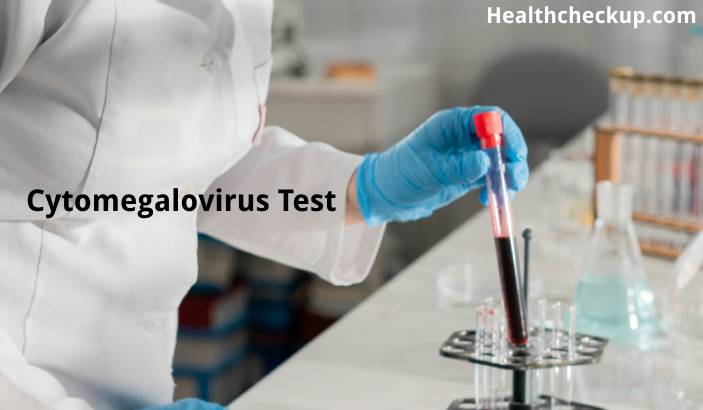Cytomegalovirus (CMV) is a common virus that belongs to the herpesvirus family. It typically remains dormant in the body but can cause serious health issues in immunocompromised individuals and newborns. The CMV test is crucial for detecting the presence of the virus and assessing the immune response to it. This article provides a comprehensive overview of the CMV test, including its purpose, preparation, procedure, and the interpretation of results.
Purpose of the CytomegalovirusTest
- Detection of CMV Infection: The primary purpose of the CMV test is to detect both active and latent CMV infections. This is especially important in pregnant women, organ transplant recipients, HIV patients, and other immunocompromised individuals.
- Monitoring Treatment: For those undergoing treatment for CMV, the test helps monitor the effectiveness of antiviral therapies.
- Screening in Specific Populations: Newborn screening for CMV can prevent long-term health complications, as congenital CMV infection can lead to hearing loss, vision loss, and developmental issues.
- Diagnose Complications: In patients with symptoms of CMV-related diseases, such as retinitis, esophagitis, or colitis in HIV patients, the test helps confirm the diagnosis.
Preparation for the Cytomegalovirus Test
- Pre-test Guidelines: Generally, no special preparation is required for the CMV blood test. However, patients should inform their doctor about any medications or supplements they are taking, as some substances may interfere with the test results.
- Fasting: Fasting is not usually required unless the CMV test is part of a larger panel of tests that requires fasting.
- Psychological Preparation: Patients worried about blood tests may need reassurance and support, particularly if they are anxious about needles or blood.
Procedure of the CMV Test
- Blood Sample Collection:
- Method: A healthcare provider will draw a blood sample from a vein, typically in the arm.
- Duration: The procedure usually takes a few minutes and involves minimal discomfort, similar to other routine blood tests.
- Urine and Saliva Testing:
- Alternative Samples: In some cases, particularly for newborn screening, urine or saliva may be tested instead of blood.
- Collection Kit: Patients may be provided with a collection kit for non-blood samples, which should be used as instructed.
- Laboratory Analysis:
- Testing Methods: The lab may use serological testing to detect antibodies (IgM, IgG) or molecular testing such as PCR to detect viral DNA, depending on whether the infection is new or ongoing.
Normal Range and Results Interpretation
- Antibody Testing:
- IgM Antibodies: Presence of IgM antibodies usually indicates a recent CMV infection.
- IgG Antibodies: IgG positivity indicates past infection and possibly immunity. High levels of IgG without IgM may suggest past exposure or a reactivated infection in immunocompromised patients.
- PCR Testing:
- Viral Load: Quantitative PCR tests measure the amount of CMV DNA in the blood, providing crucial information about the severity of an active infection.
- Interpretation: A high viral load is a concern in immunocompromised patients and may necessitate prompt treatment.
Risks Associated with the CMV Test
- Blood Draw Risks: While generally safe, drawing blood can occasionally lead to complications such as bruising, infection at the puncture site, or fainting.
- Emotional and Psychological Impact: The anxiety of waiting for a potentially serious diagnosis can be stressful. Supportive counseling may be beneficial.
- False Positives/Negatives: As with any test, there is a possibility for false positives or negatives, which could lead to misdiagnosis. Confirmatory testing may be necessary in some cases.
The Cytomegalovirus test is a valuable diagnostic tool for detecting cytomegalovirus in various populations, particularly in individuals who are at high risk for severe complications. It plays a critical role in diagnosing, monitoring, and managing CMV infections effectively. Understanding the purpose, preparation, procedure, and how to interpret the results can help patients and healthcare providers make informed decisions regarding the management of CMV infections. Regular updates on testing techniques and guidelines are crucial for maintaining the relevance and accuracy of CMV testing protocols.
I specialize in writing about health, medical conditions, and healthcare, drawing extensively from scientific research. Over the course of my career, I have published widely on topics related to health, medicine, and education. My work has appeared in leading blogs and editorial columns.









